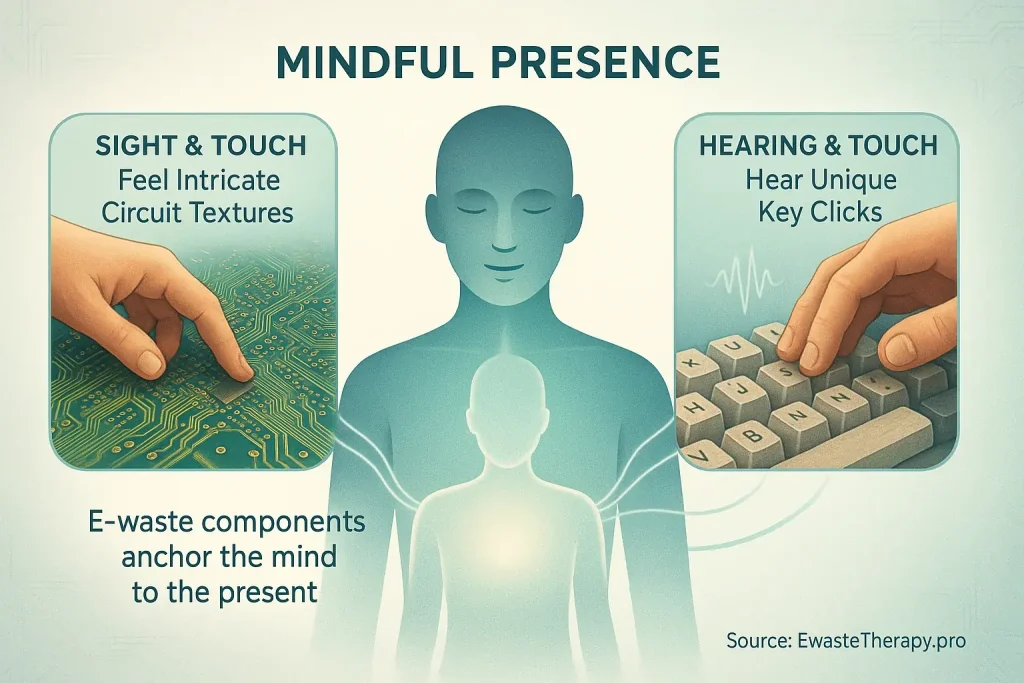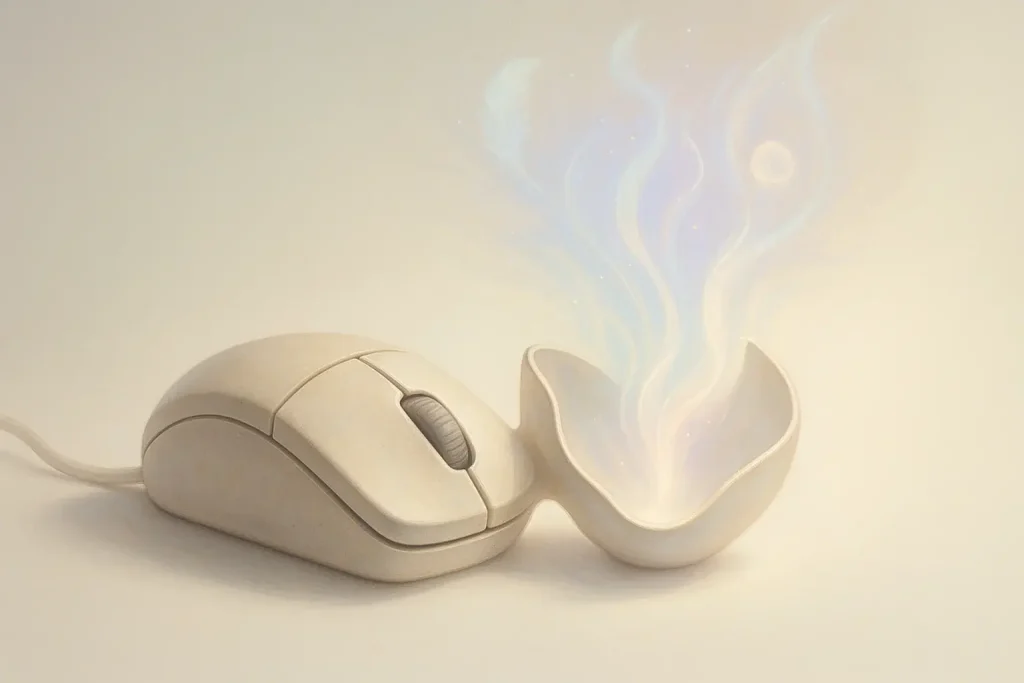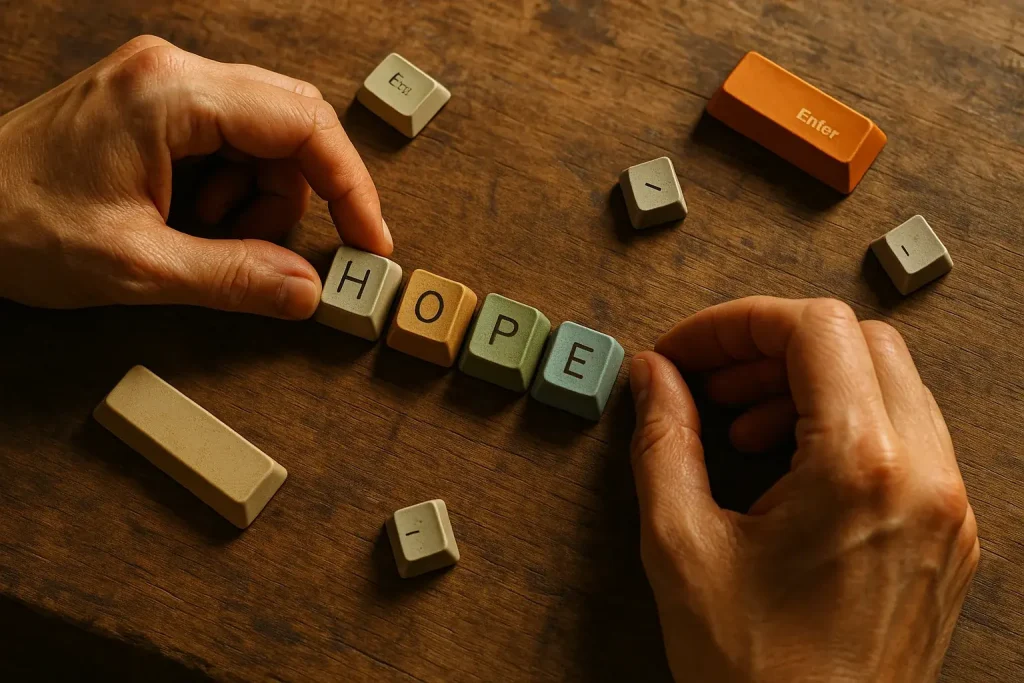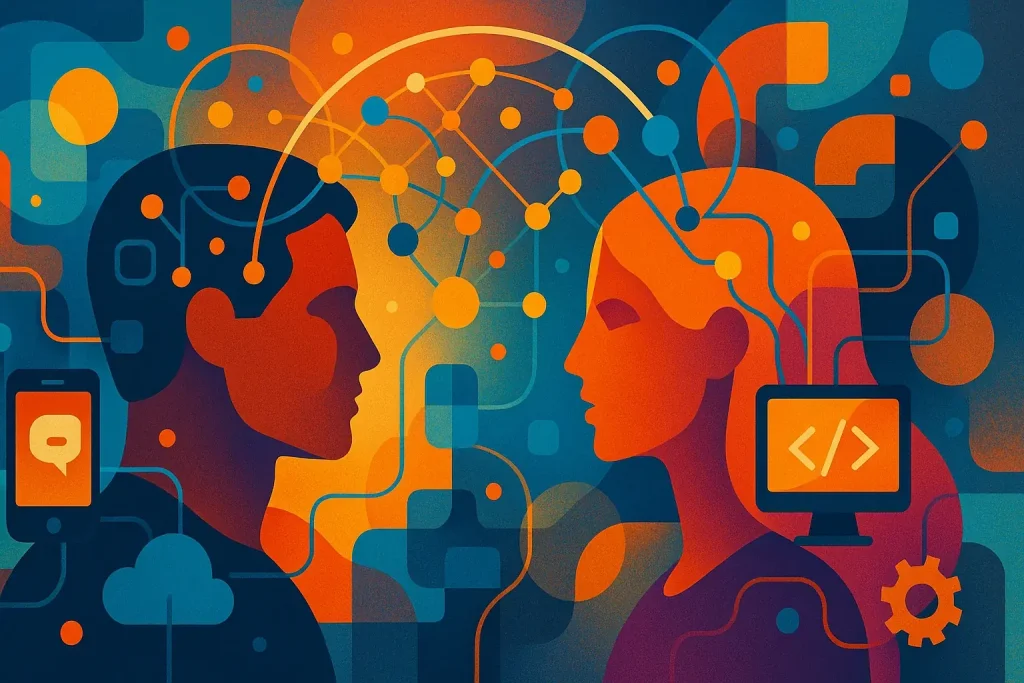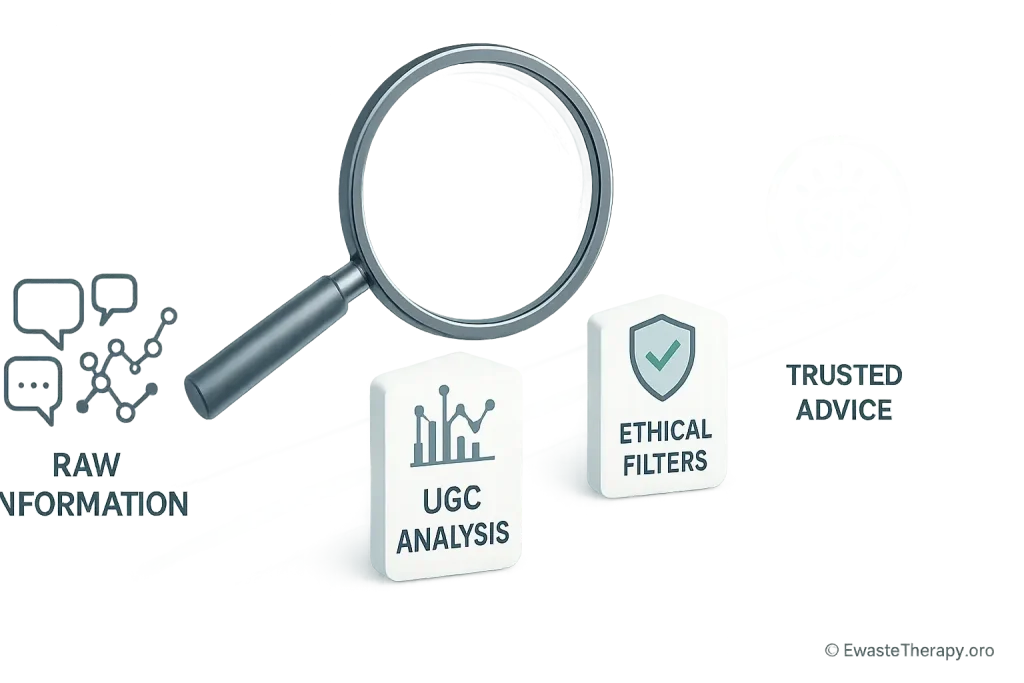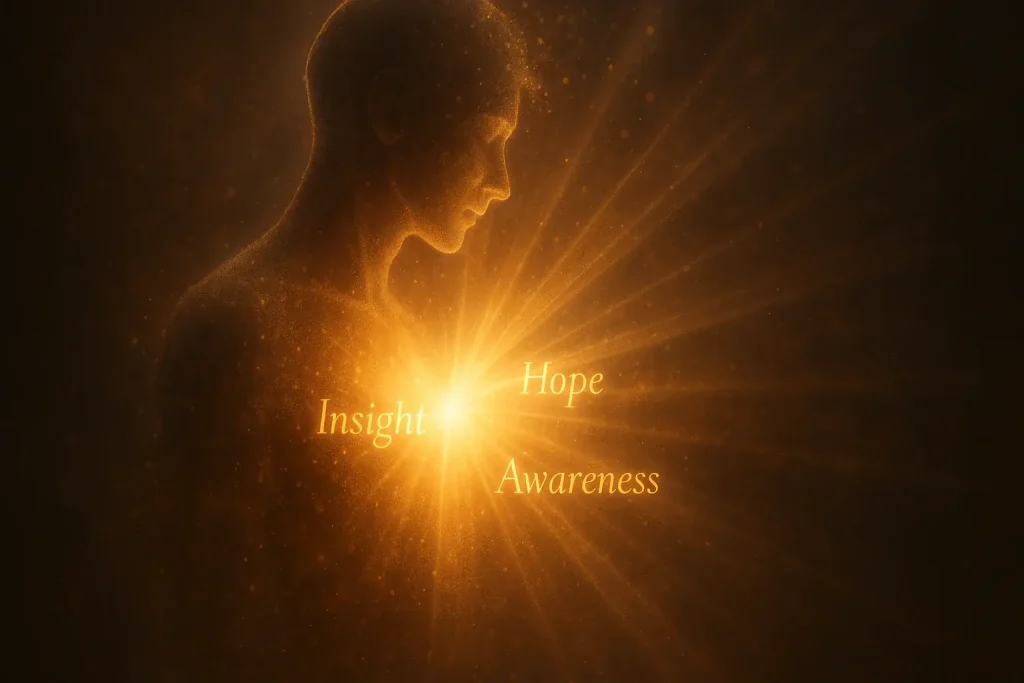Beyond Words: How E-Waste Art Can Mend & Deepen Your Relationships
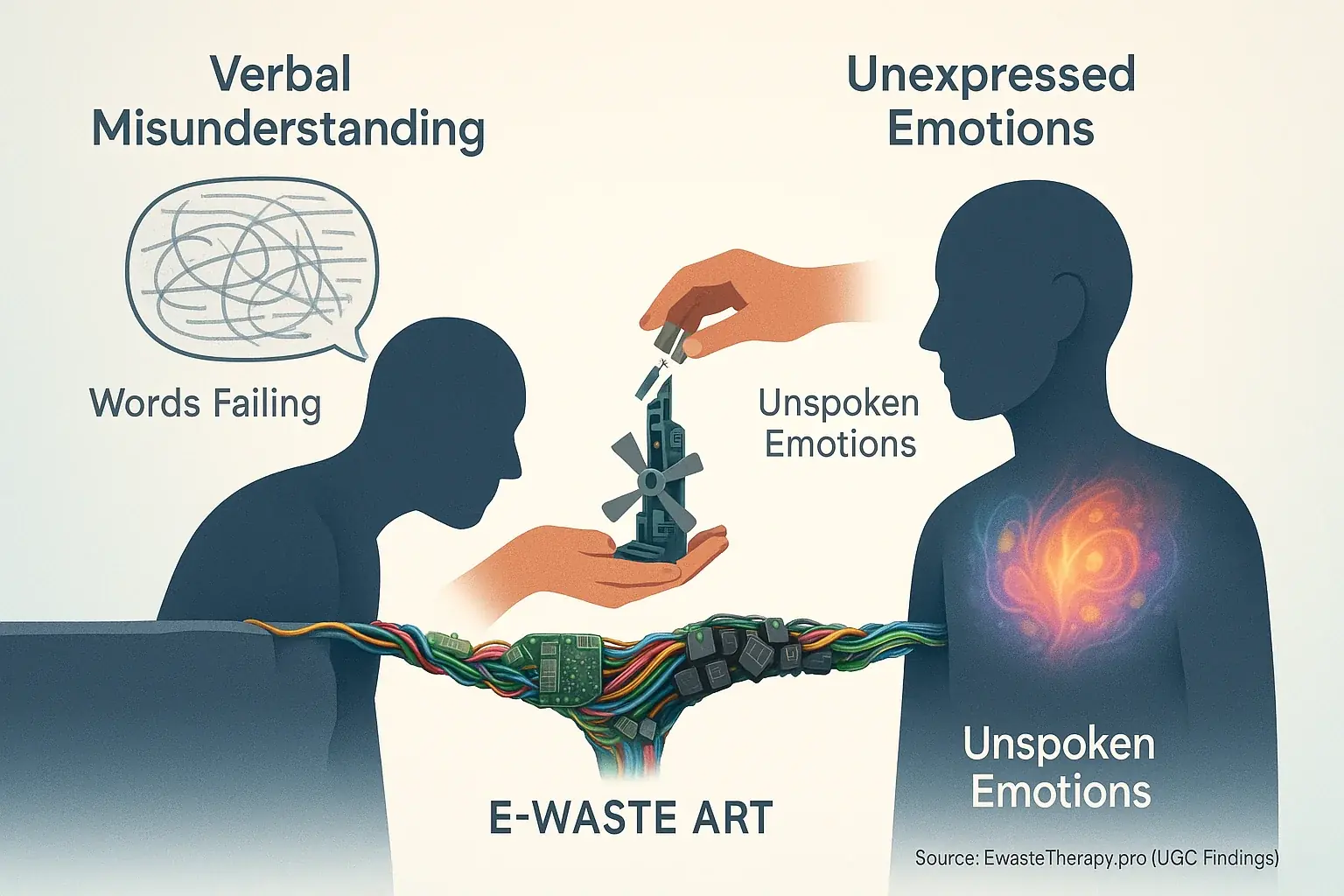
Do words sometimes fail to bridge the gap in your important relationships? You might feel unheard. They might feel misunderstood. Frustration builds. Traditional conversations can sometimes entangle feelings further, making true connection seem distant.
Our comprehensive analysis of user experiences reveals a powerful alternative. E-waste art therapy provides a unique channel for emotional expression. It uses tangible objects. It allows for symbolic communication. This method often bypasses the pitfalls of verbal sparring. Many individuals find it helps them articulate what words cannot capture.
Imagine transforming discarded electronics into a shared story. The very act of selecting, dismantling, and reassembling components becomes a non-verbal dialogue. Users frequently report this hands-on process unearths unacknowledged feelings. It fosters empathy. Old patterns can give way to new perspectives when you build something new together, or even individually to share.
This is the core of its therapeutic potential for relationships. The focus shifts from accusation to creation. Difficult emotions find an outlet through texture, form, and color. Our community consistently shares stories of reconnection. They describe how making e-waste art helped them see their partner, friend, or family member anew.
The Unseen Language: Symbolizing Bonds & Breaks with E-Waste Components
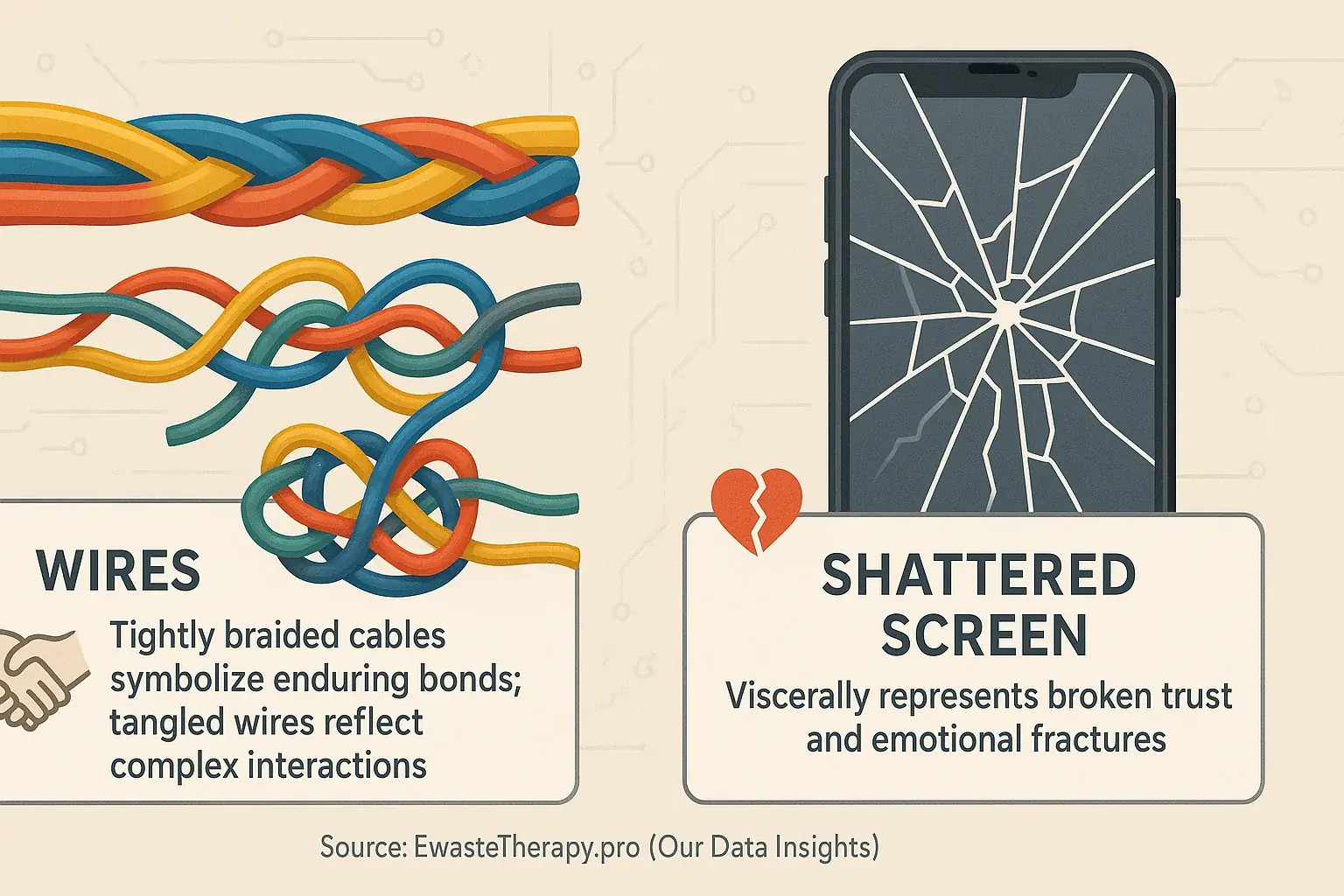
Discarded technology components often mirror human connections. The collective experience of individuals in e-waste art therapy confirms this. Users discover profound personal symbols within these objects. This tech powerfully reflects relationship truths.
Wires frequently represent communication pathways. Tightly braided cables can symbolize enduring bonds. Knotted, tangled wires may interpret complex, difficult interactions. EwasteTherapy.pro sees users consciously select specific wire types. Connectors, male and female, directly embody attachment. Conversely, broken or mismatched connectors can signify painful disconnections. The physical act of choosing these parts initiates a dialogue with the self.
Circuit boards map complex interdependencies. Their intricate pathways often reflect the delicate, sometimes overwhelming, nature of relational networks. Many creators utilize this inherent symbolism. Shattered screens offer a potent, visceral image. They can externalize feelings of broken trust. Or represent the sharp pain of emotional fractures. The very damage in these materials speaks directly to lived experiences of fragility.
Selecting these specific e-waste elements is a crucial therapeutic step. The choice to work with a "broken" or "obsolete" piece is rarely accidental. It acknowledges pain or honors a past connection. Our research shows many users report this initial engagement, this tactile interaction with the symbolic object, initiates their healing journey. What discarded tech might reflect your own unspoken relationship narratives?
Building Together: Collaborative E-Waste Art Projects for Deeper Bonds
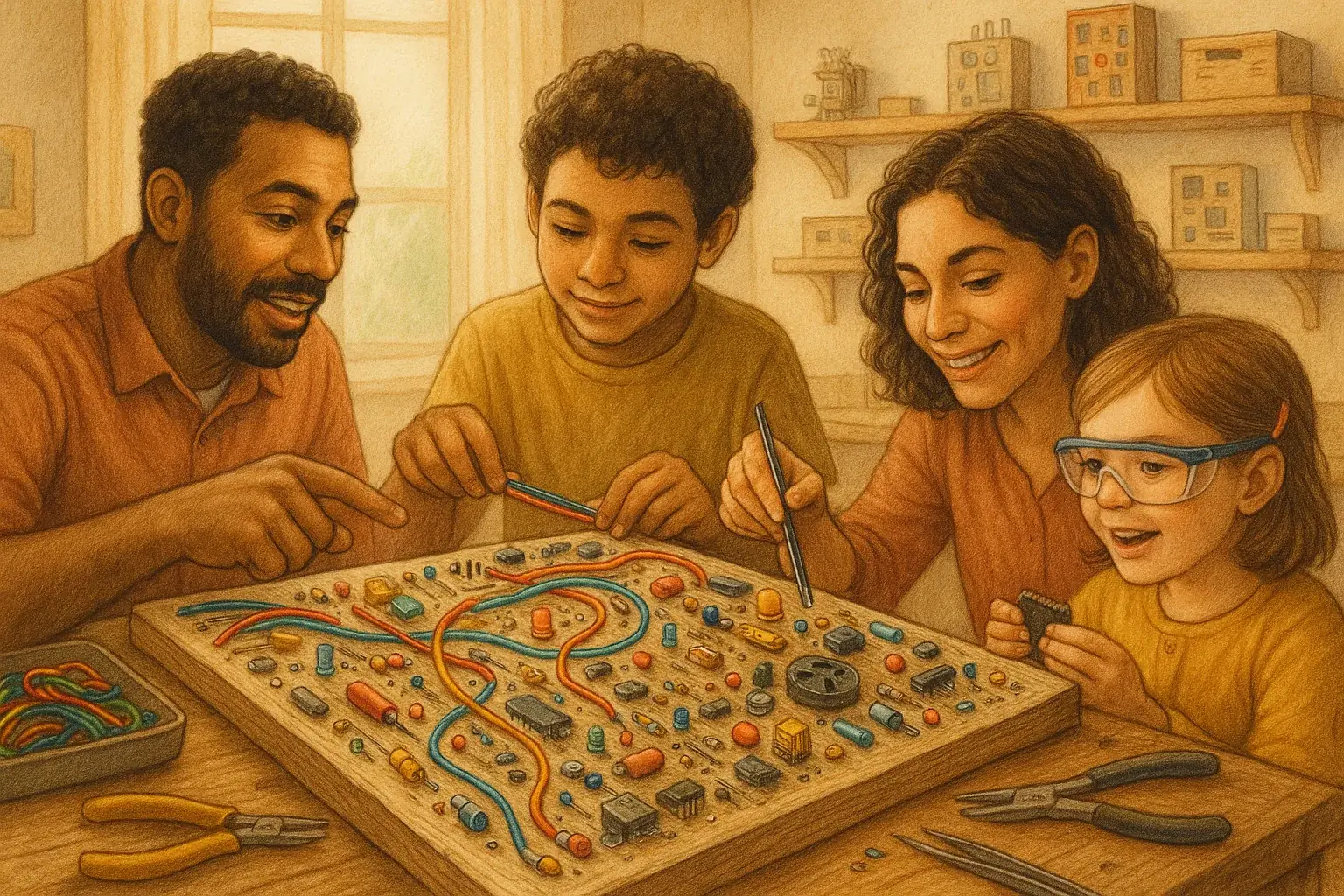
Collaborative e-waste art projects offer a distinct path to deeper connection. Our analysis of user experiences at EwasteTherapy.pro reveals a strong pattern. Shared creation with discarded tech fosters understanding. The joint effort transforms more than just materials; it reshapes relationship dynamics. This process often involves navigating unexpected challenges with old electronics. This shared struggle builds surprising empathy.
One popular project users find effective is the 'Shared Circuit Board Chronicle'. Each person selects and adds components to a main board. These pieces might symbolize individual experiences. Or they can represent collective memories. The therapeutic goal involves creating a tangible history or future vision. Couples often report that the quiet focus on building together allowed them to express thoughts they previously found difficult to voice. It’s a physical dialogue.
Another idea many families embrace is the 'Intertwined Wire Sculpture'. Participants use various wires from old cables. They twist and connect these strands. This action represents the weaving of individual lives into a family unit. The project encourages discussion about support and interdependence. EwasteTherapy.pro findings suggest this tactile activity helps younger members express complex feelings about connection. The visual outcome often surprises everyone.
Remember safety. Always. When working together, ensure proper ventilation. Everyone should wear safety glasses. Appoint one person to manage sharp tools if children are involved. This careful attention to safety can itself be a lesson in mutual care. Ready to explore this shared path? Transforming e-waste together can transform your bonds.
Beyond Words: Articulating Unspoken Needs & Boundaries with E-Waste
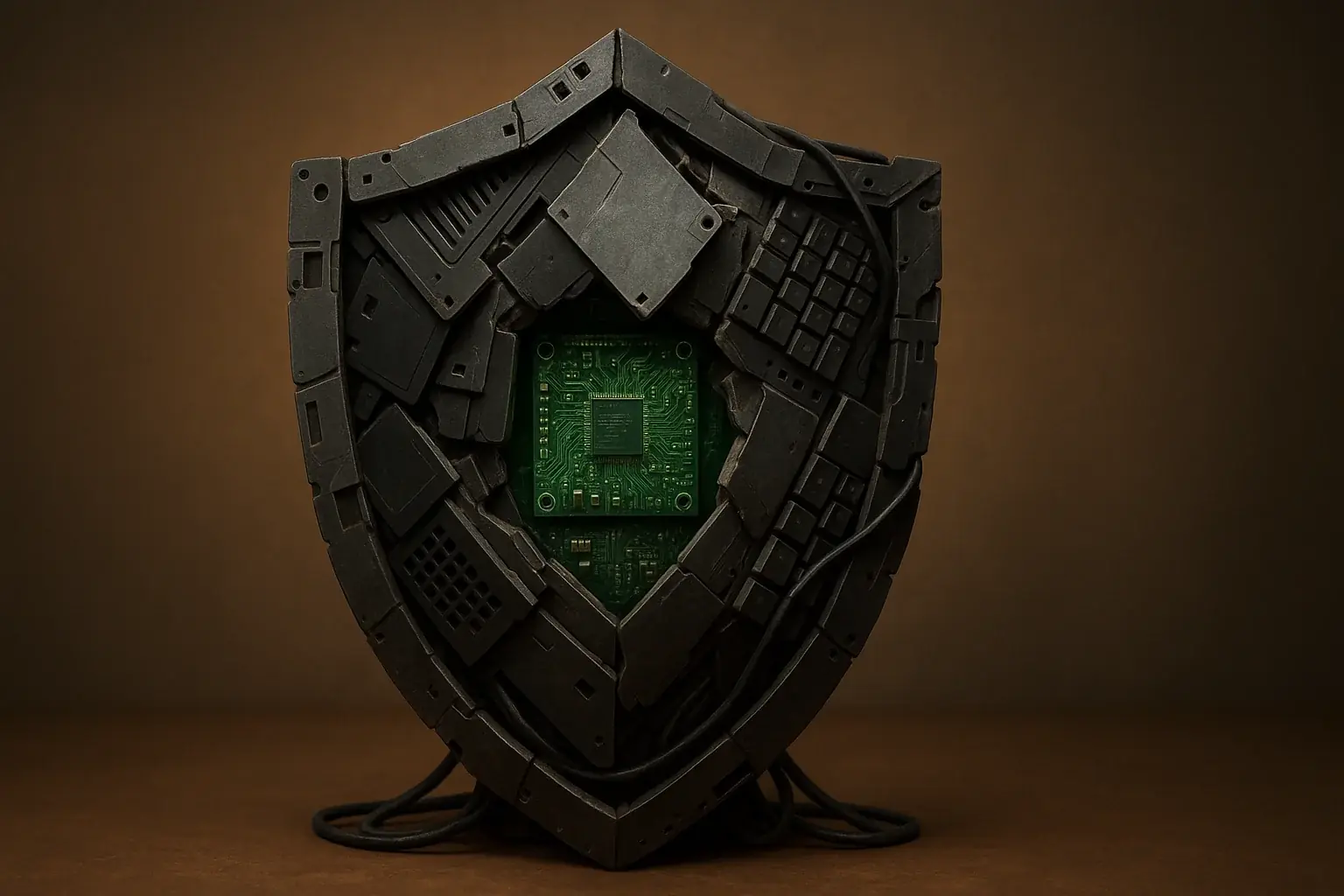
Many find articulating sensitive truths incredibly challenging. Verbalizing boundaries within relationships can feel impossible. EwasteTherapy.pro's analysis of user experiences reveals e-waste art offers a potent, non-verbal pathway. Users discover a unique ability to assemble, to sculpt, these unspoken needs and limits before words are ever formed.
The tangible nature of e-waste lends itself powerfully to this. Creators frequently report using specific components to embody abstract feelings. A small, intricate circuit board, carefully contained within a larger structure, often symbolizes protected personal space. Disconnected wires, perhaps leading from a power source to nothing, become poignant representations of unmet needs. We see discarded, rigid casings transformed by users into powerful, physical statements of firm boundaries—a shield made manifest.
This process of externalizing internal states is profoundly therapeutic. Our findings consistently show that the physical act of constructing a boundary with sharp, defined, or protective e-waste materials can help solidify that boundary internally. It is a common observation, echoed in countless user accounts, that this creative articulation brings unexpected clarity. Self-awareness deepens. The unspoken finds a voice, a form.
Such non-verbal expression holds immense power. It allows for the exploration of difficult truths without the immediate pressure of direct verbal confrontation. Your art can communicate complex emotions and needs first. EwasteTherapy.pro's frameworks suggest this can be a vital, safer initial step toward defining personal territory and fostering healthier relational dynamics.
